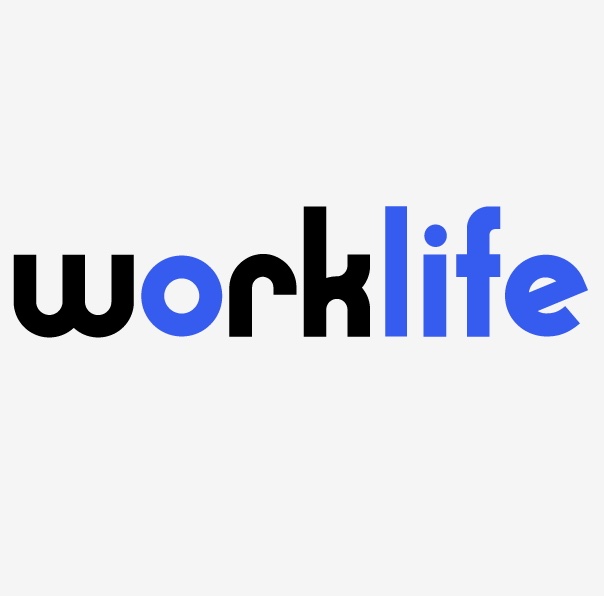Last week, NYS broke its pact with neighbors NJ and CT by instituting its own new set of travel rules, dropping the list of naughty states and the 14-day quarantine requirement. That un-neighborly act drew swift condemnation from the Fred Rogers Center.
The original Tri-State Travel Advisory, still in effect in NJ and CT, really, really, really encourages but does not require a 14 day quarantine (the self-quarantine is voluntary, but compliance is expected) for anyone arriving from a state in which at least 10 of every 100,000 people test positive on a rolling 7 day basis or where there is total positivity rate of 10% or higher among the inhabitants during any 7 day period. Those states have been dubbed the hot spots. There are currently 43 states and territories on the NJ/CT hot spot list.
Between November 6 and 12, NJ reported 19,896 new cases, with 3,777 on November 10 being the highest single day total since April 27th when we were in the worst of it. The positivity rate is at 12.02%. So now, by its own criteria, New Jersey is a hot spot leading to the question of how an employer can dictate that those who travel to and from other hot spots must quarantine when they return to their very own home hot spot. And here’s why we say you can’t get there from here: because if you’re here, but you can’t be here without quarantining for 14 days and then when those 14 days are over, you’re still here, in a hot spot….are you supposed to quarantine again? Talk about your Ground Hogs Day!
This travel issue is red hot as Thanksgiving approaches. Employees may be traveling to or relatives might be coming to visit from, out of state and/or those crazy college kids are returning to the nest with all the icky things they picked up during their 3 months of communal living and youthful debauchery. The issue for employers is whether we just stay in our Tryptophan induced haze and let everyone come back to work after Turkey Day and hope for the best, or should we have a plan to protect the post-holiday workplace.
In its otherwise anti-social move, NYS may have provided some useful guidance. Effective on November 3, the new Executive Order 205.2 and its guidance requires anyone entering NYS from any non-contiguous state (so no list of bad states) to quarantine for 14 days unless the traveler:
- Gets tested within 72 hours before arrival; and
- Quarantines for 3 days (including the day of arrival); and
- Gets tested on day 4.
If both tests are negative, the quarantine ends. Travelers that leave and return within 24 hours do not need to quarantine but must test on the 4th day. Although the CDC has not endorsed this protocol, it does seem consistent with the science on the optimal times to test for the active virus, and is pragmatic, a 3 day quarantine sure beats 14 days so long as it is safe.
Employers in any state — including New Jersey– can adopt the NYS protocol internally for their workplaces. Employees should be informed in writing in advance that wherever they travel and by whatever means, they must test within 72 hours before returning, stay home for 3 days and test on the 4th day. Because we all know how this goes, employers should do the work: find out where your employees can get a rapid test (same day results) and whether an appointment is needed in advance. Spoon feed ‘em the details so that it gets done. Make it clear in the written protocol that employees must provide the results of both tests before returning. If your employees can work from home during the 3 day quarantine, include that in the protocol. If they don’t have couch-friendly jobs (that’s really a thing), you should use the 80 hours of pay available under the FFCRA’s Emergency Paid Sick Leave Act courtesy of Uncle Sam.
Unlike NJ and CT that still strongly recommend, but do not require, the 14 day quarantine, NYS included an enforcement mechanism with some teeth stating that although NYS DOH expects all travelers to comply and protect public health by adhering to the quarantine, if they don’t, DOH can issue a mandatory quarantine order and anyone who violates a quarantine order may be subject to a civil penalty of up to $10,000, or imprisonment up to 15 days. So by our calculations, 3 days at home is better than 14 and 14 days at home is better than 15 in jail.
Governor Cuomo has apparently implemented one critical exception to his travel rules specifically for the 35-year-old State Trooper in his security detail who is allegedly dating his 25-year-old daughter, breaking the first 2 rules for palace guards: (1) don’t cross the King and (2) don’t mess with the Princess. That poor guy got his sorry butt transferred to the Canadian border.
As we approach this year’s most unusual of Thanksgivings, let us pause for a moment to be thankful that Governor William Bradford chose to relax the Plymouth Rock Travel Ban and Social Distancing Compact of 1620, so that there could be a first Thanksgiving and hope that next year we can all be together, arguing with our relatives and sharing goblets and droplets.






